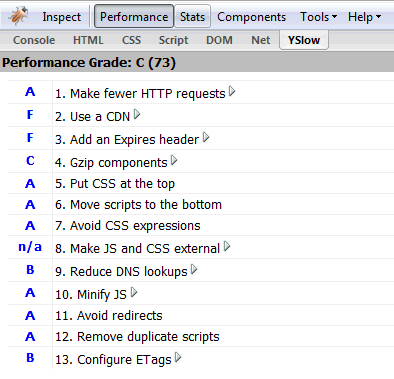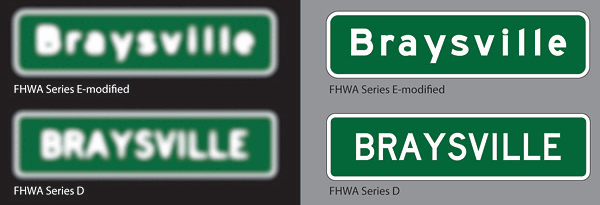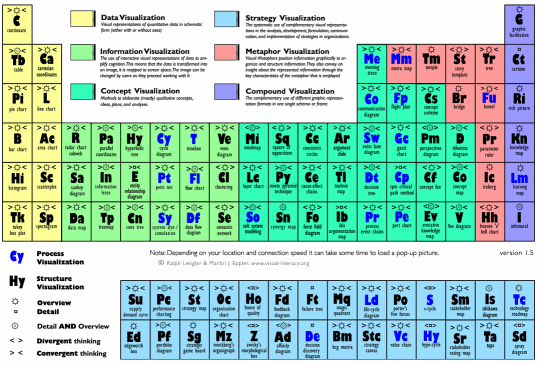
programming languages
URL Shortening: Hashes In Practice
I’ve become a big fan of Twitter. My philosophy is, when in doubt, make it public, and Twitter is essentially public instant messaging. This suits me fine. Well, when Twitter is actually up and running, at least. Its bouts of frequent downtime are legendary, even today. (I was going










